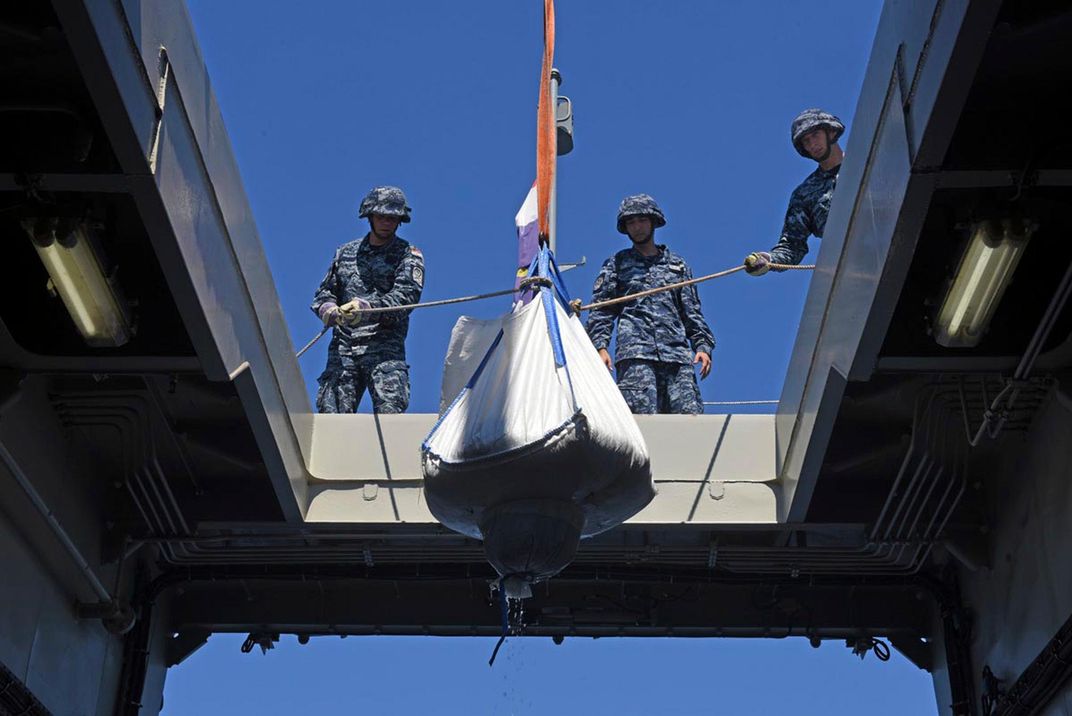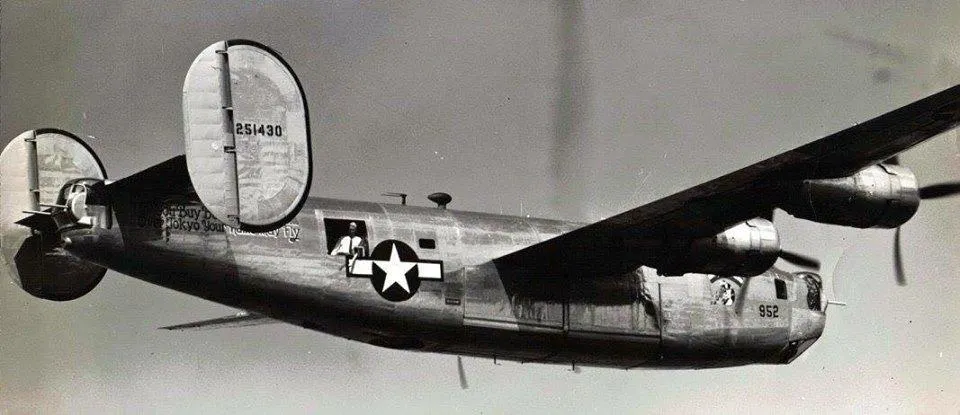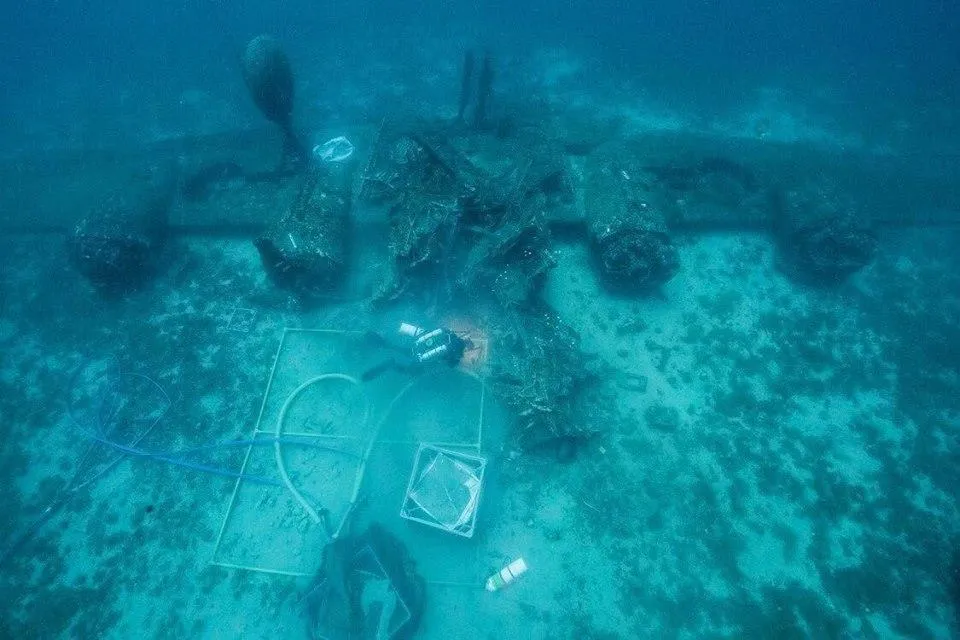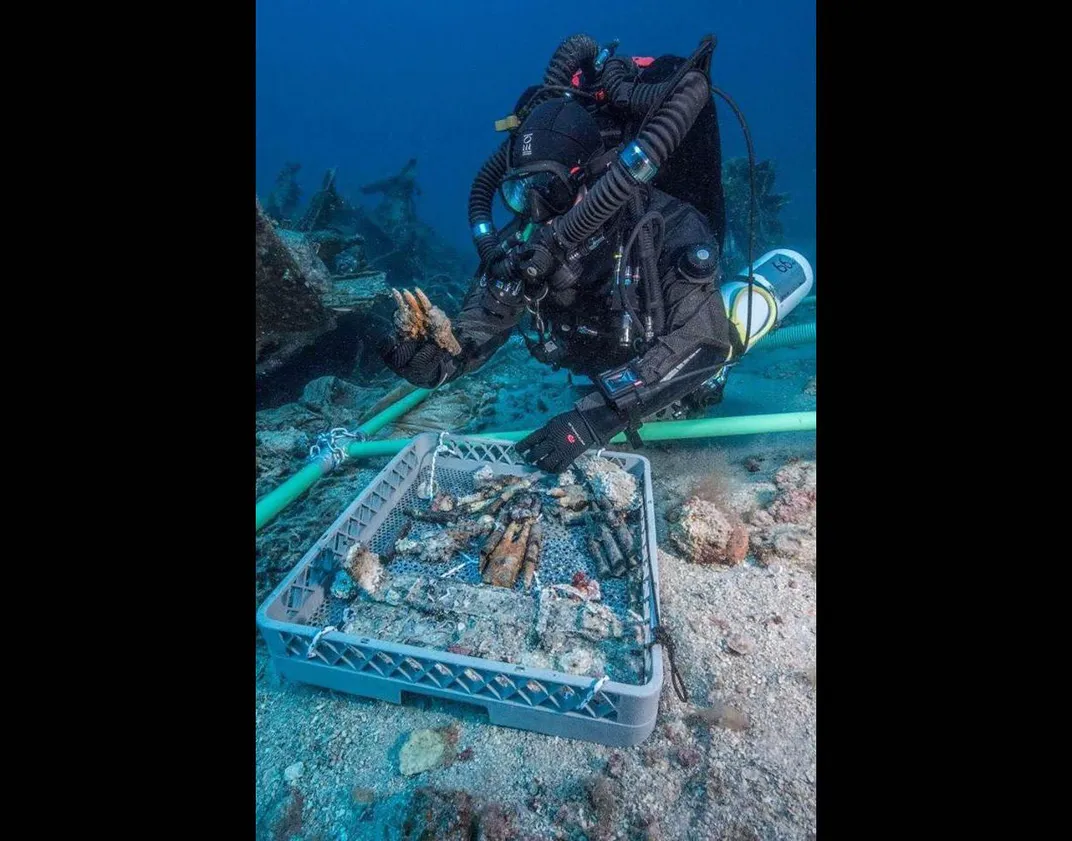Bones Recovered From Wreckage of WWII Plane May Belong to Missing Airmen
If researchers can confirm their identity, the long-lost crewmembers may finally receive a proper burial
On the bottom of the Adriatic Sea sits the decaying fragments of a WWII bomber plane known as the Tulsamerican. As Megan Gannon reports for Live Science, archaeologists recently wrapped up a recovery mission at the site of the wreckage, and they were able to unearth a trove of artifacts that have gone undetected since the Tulsamerican crashed into the Adriatic in 1944. Among the more compelling finds are the possible remains of three soldiers who died when the plane went down.
After a years-long search, the Tulsamerican was discovered in 2010, near the Croatian island of Vis. It had broken into two large pieces, with the nose of the plane “almost peeled open like a banana,” archaeologist Brendan Foley, who participated in the month-long recovery effort, told Gannon. The wreckage offered tangible evidence of the terrible fate that befell the plane, which had been launched into the sky with high hopes during the final years of WWII.
The Tulsamerican was the last B-24 Liberator bomber built at the Douglas Aircraft Company in Tulsa, Oklahoma. According to John Klein of Tulsa World, the plane became “sort of a local Tulsa celebrity.” The workmen who built it painted their names onto the aircraft, and residents of the city followed the Tulsamerican throughout its ill-fated journey.
In December of 1944, the Tulsamerican was badly damaged during a fight with the German airforce over occupied Poland. The crew tried to make an emergency landing, but crashed off the coast of modern-day Croatia. Seven airmen were saved by rescuers and local fishermen, but three members of the Tulsamerican’s crew did not survive.
Archaeologists working at the scene of the crash uncovered military equipment and clothing items, including a life vest and a flight boot. Mate Parica, and archaeologist at Zadar University in Croatia, told the Associated Press that the “remains of human bones have been found,” but have not yet been subjected to testing.
The team’s excavation work was supported by the U.S. military's Defense POW/MIA Accounting Agency, which seeks to uncover the remains of missing soldiers. According to Gannon, approximately, “73,000 Americans who served in World War II remain unaccounted for, and about 26,000 of those are assessed as ‘possibly recoverable.’”
Researchers hope that DNA analysis will link the bones to the three airmen who went down with the bomber. If a match is established, the remains will be buried, bringing the tragic final chapter of the Tuslamerica to a close.



